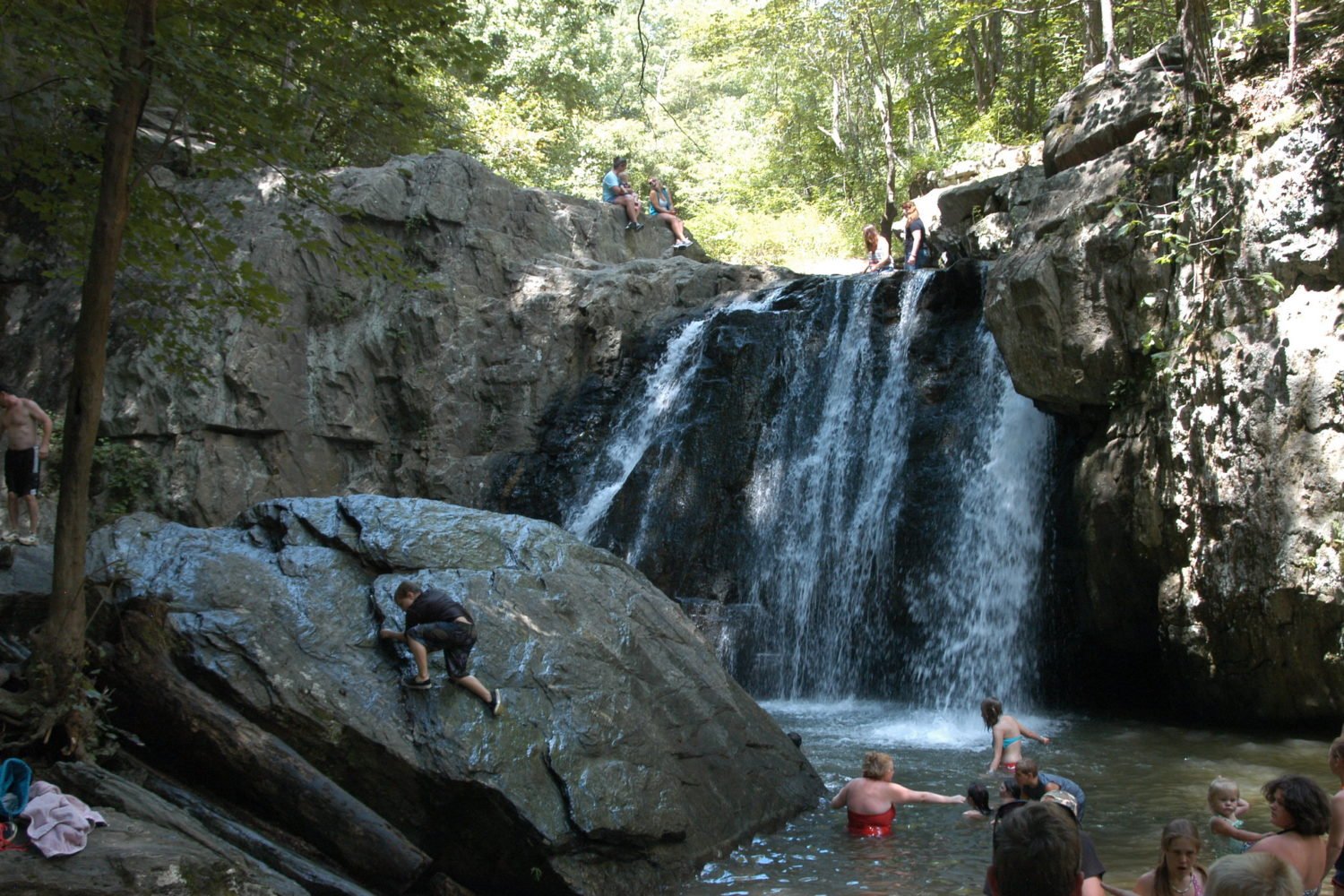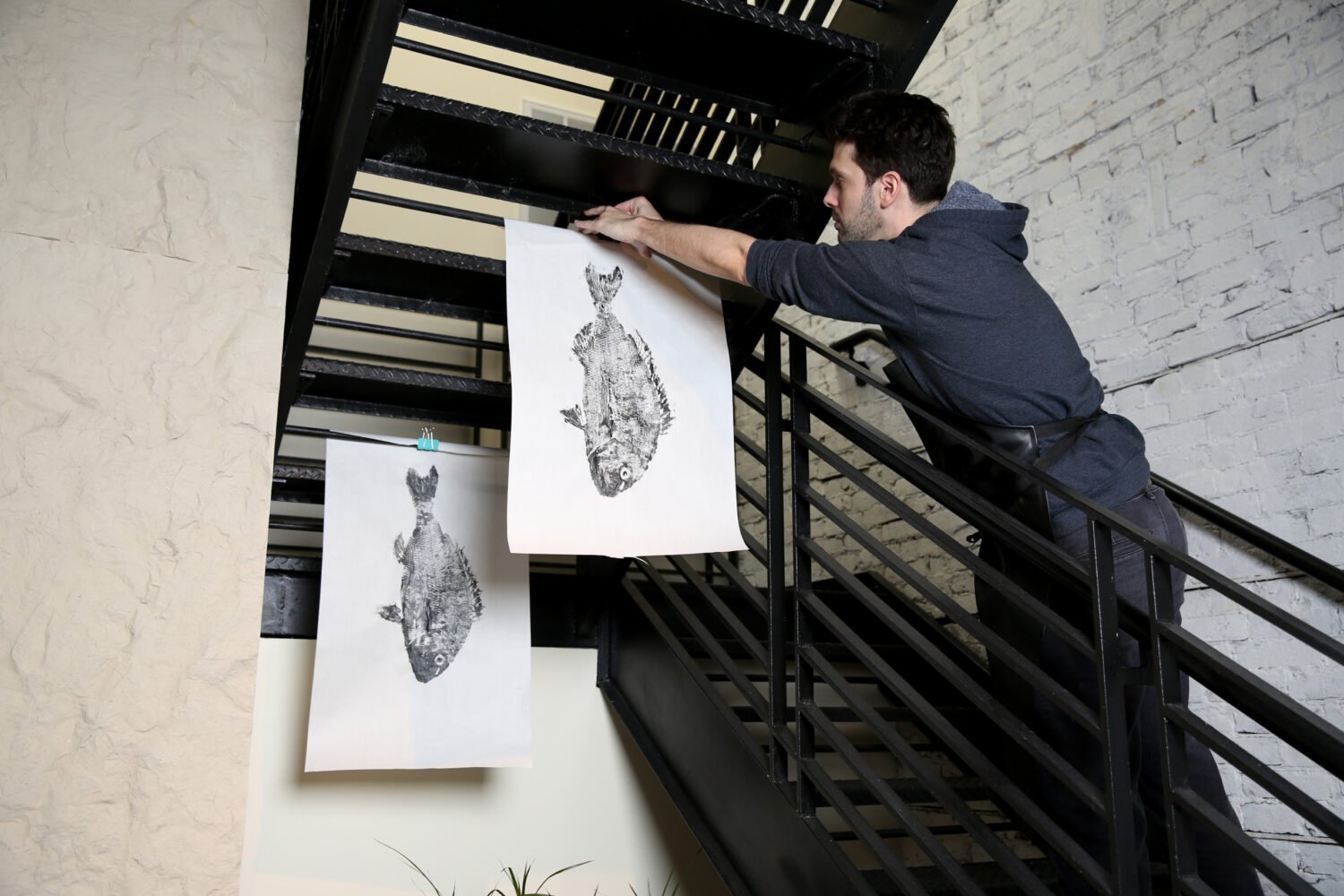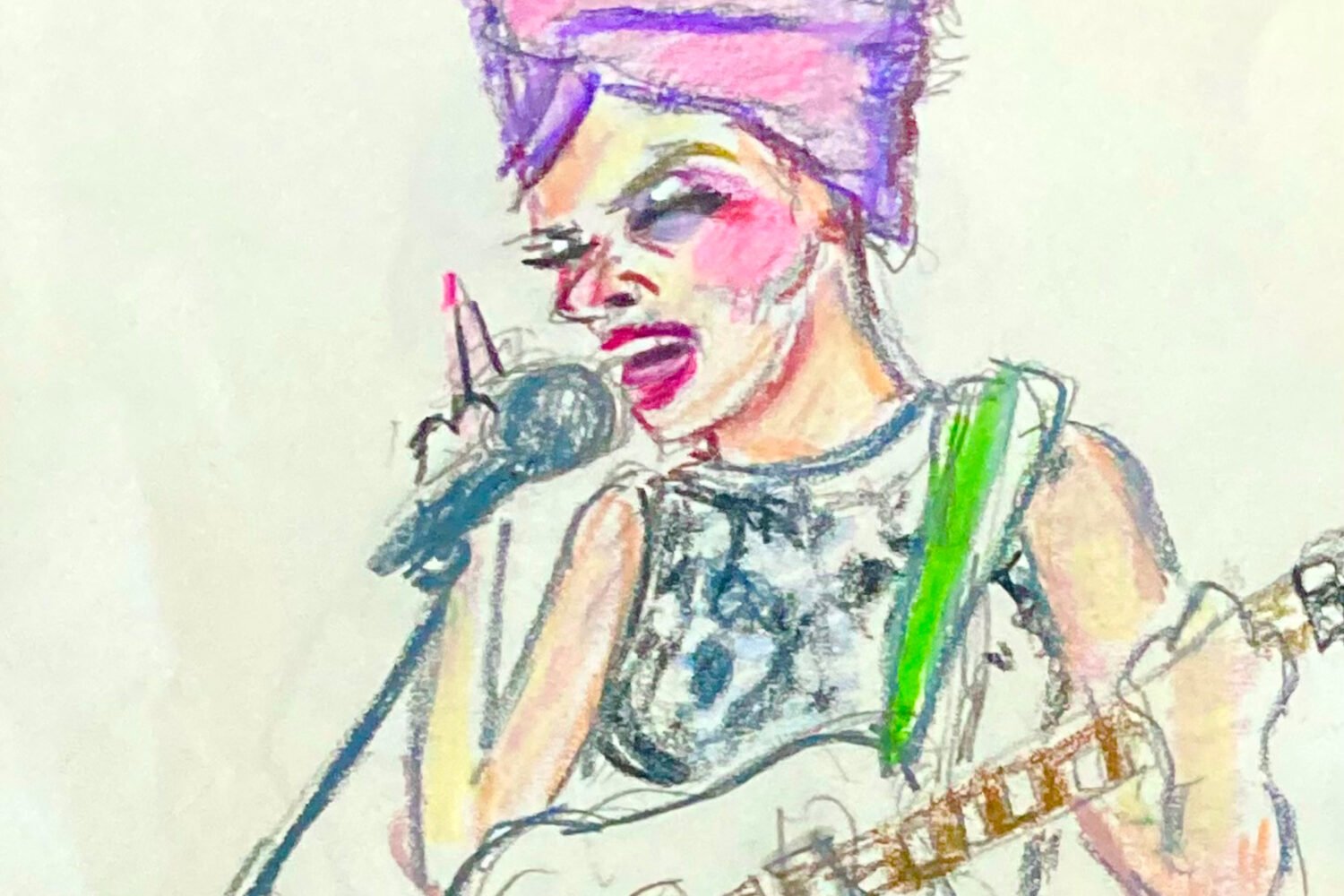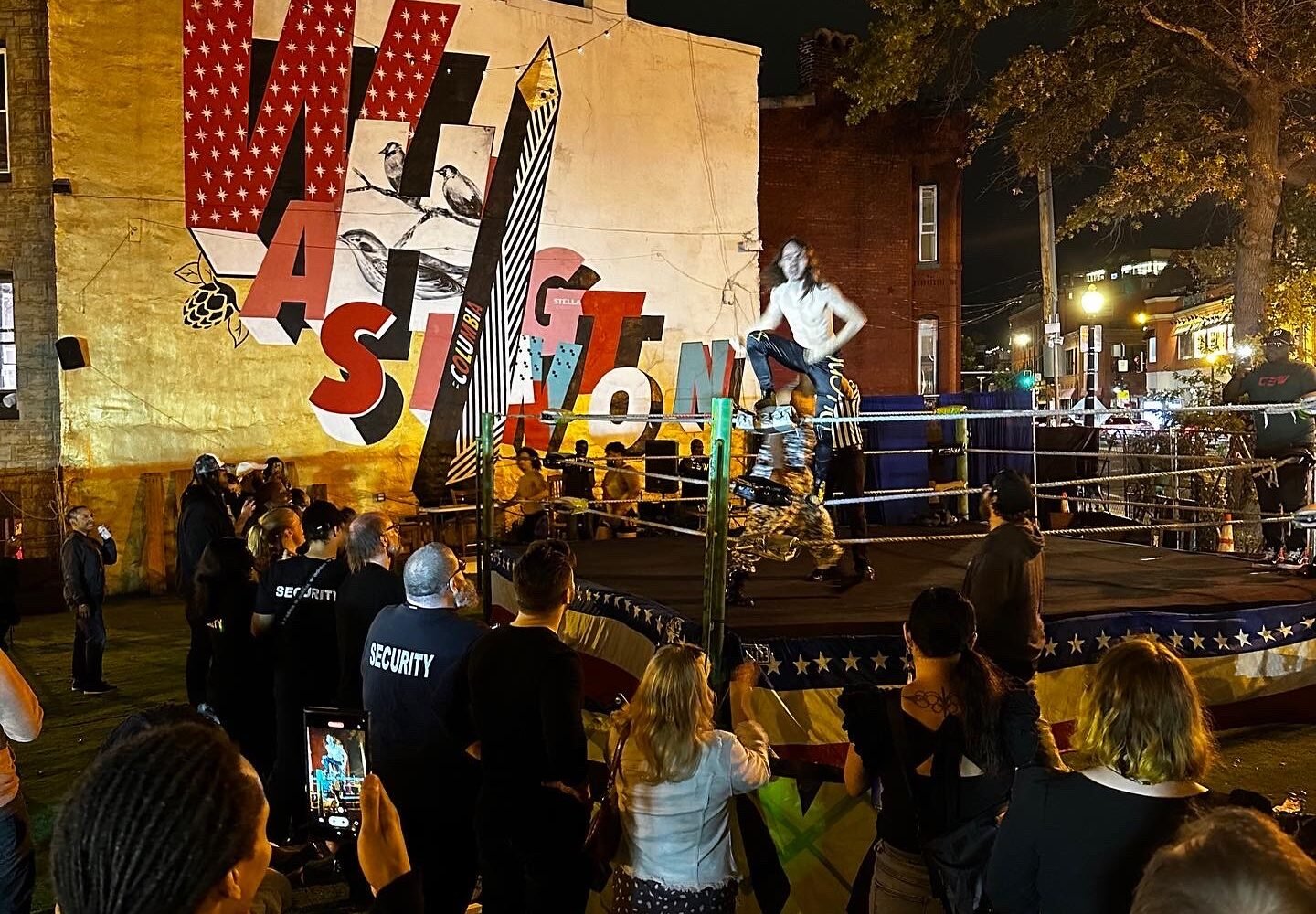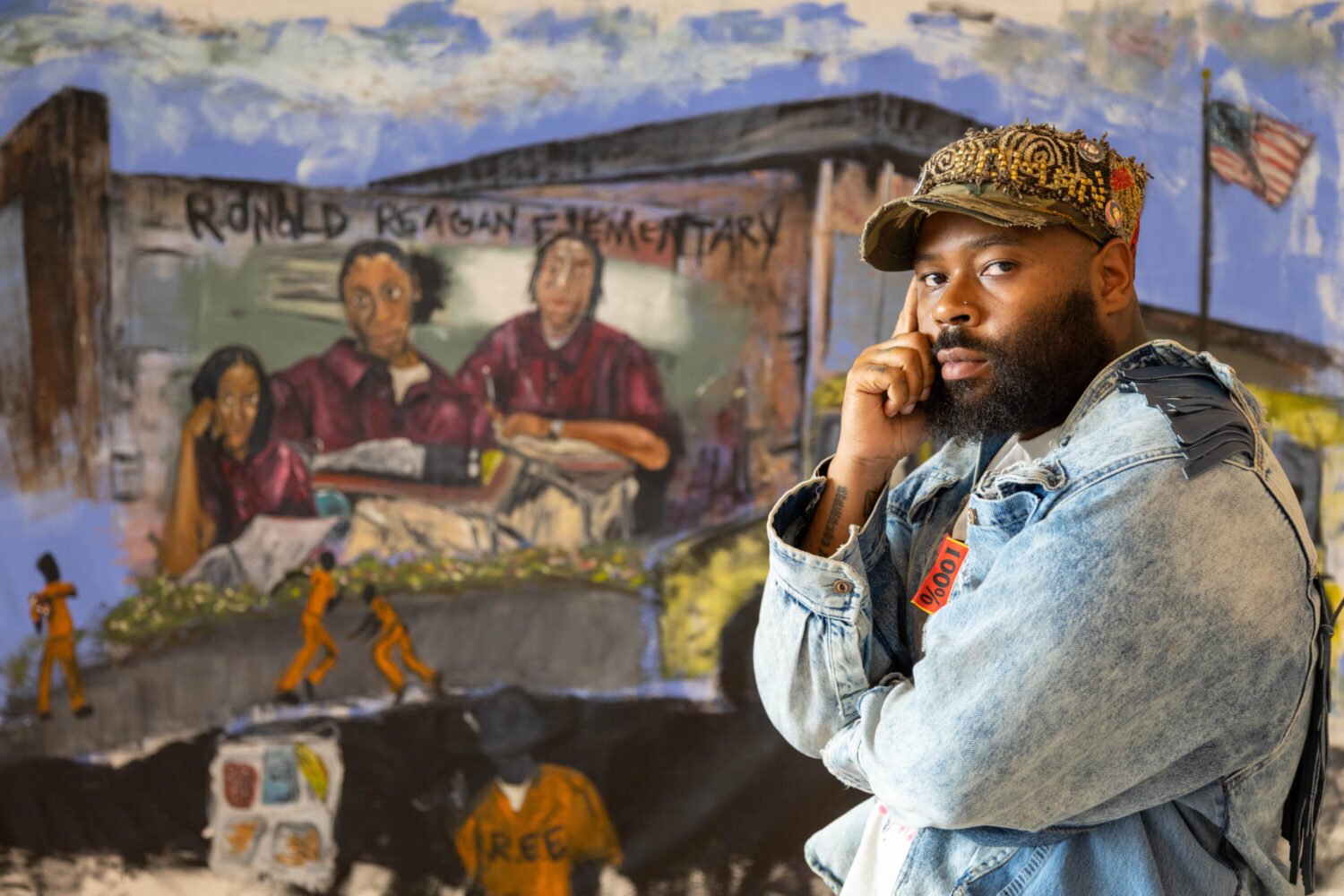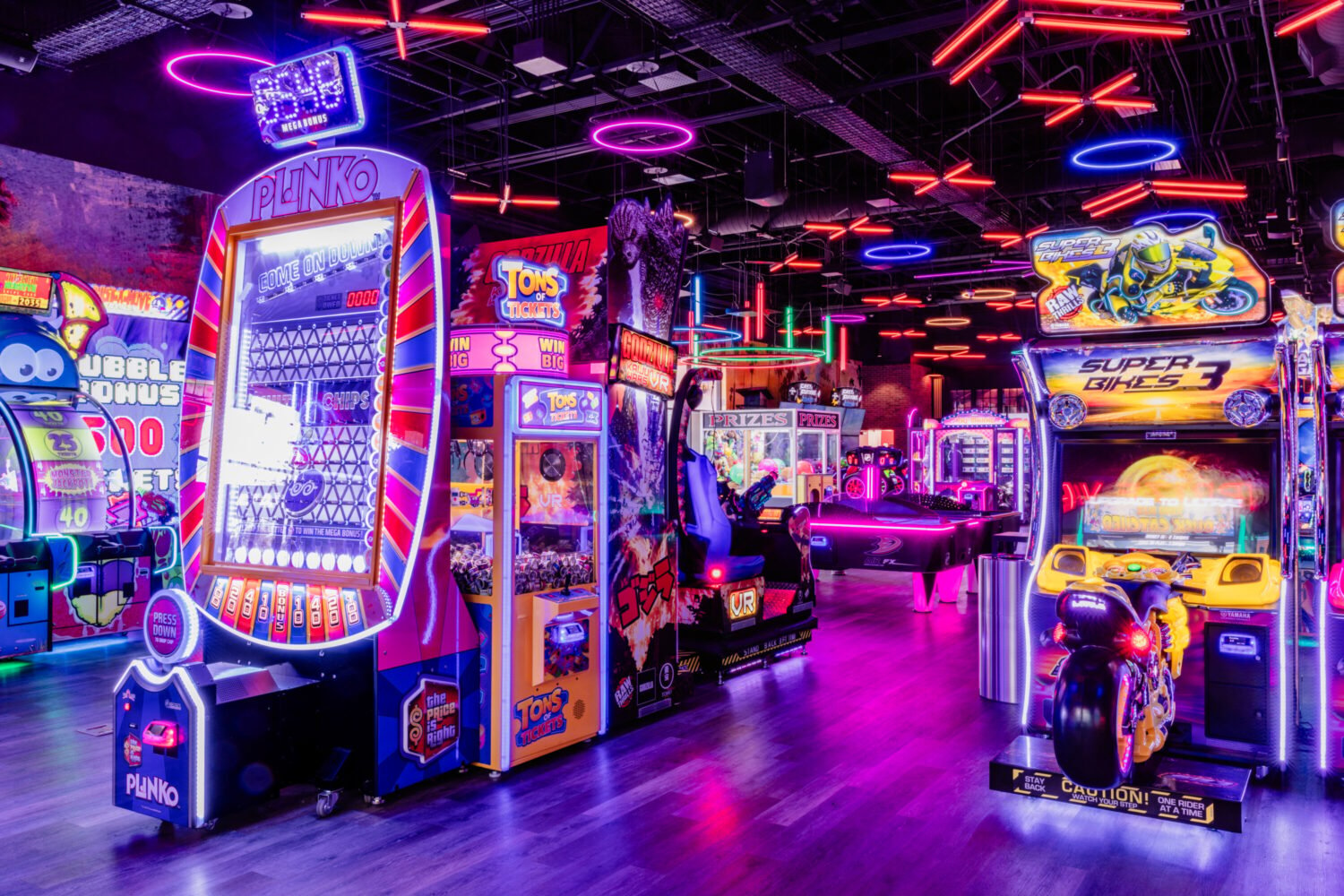National Gallery of Art
“Edward Hopper”
Through January 21
In Edward Hopper’s paintings, human anguish and ecstasy are a sidebar to human isolation. In the anonymous moments, the ones in which we’re sure no one’s looking, Hopper divulged an utterly human drama, as American as apple pie and as modern as the Model T—man’s reluctant acceptance of and aggravation with being alone.
An usherette lost in contemplation looms at the entrance of a hoary movie theater in “New York Movie,” from 1939. In “Nighthawks,” four figures immersed in deafeningly silent tension populate an urban corner cafe. The characters in both paintings are engaged in what must be Hopper’s most documented activity: staring, staring into coffee cups and out into space—staring that speaks of an inner searching.
As beautiful to the eye as it is heavy on the heart, the National Gallery’s Hopper exhibit, billed as “the first comprehensive survey of the artist’s career to be seen in American museums outside New York in more than 25 years,” is not to be missed.
Corcoran Gallery of Art
“Ansel Adams”
Through January 27
To linger in the Corcoran’s Ansel Adams exhibit is to forget about the tumult of the city outside and lose yourself in the lassoed wilderness of Adams’s black-and-white images.
Arranged chronologically throughout several dim rooms, the exhibit is a tour through Adams’s travels and career, his changing and unchanging interests.
Whether of the lower Sierra Madres, Santa Fe’s pine forests, Yosemite National Park, or New York, Adams’s pictures remain tranquil battlefields where shadow and light, physical appearance and spiritual intimation, statement and question overlap without ever clashing.
In “Aspens, New Mexico” a tuft of slim trees emerge from the dark woods like the light-robed leaders of a gathering forest. In “Moon and Half Dome,” a hovering moon watches over the confluence of night and day in the rising shadows on the rugged face of Half Dome, one of Yosemite’s most photographed mountains.
An added bonus—with your ticket you get free admission to the Annie Leibovitz show opening October 15.
Smithsonian American Art Museum
“Kindred Spirits: Asher B. Durand and the American Landscape”
Through January 6
“Earl Cunningham’s America”
Through November 4
Asher Durand painted the untamed, majesterial landscape of 19th-century America, an America that by and large had yet to be harnessed and settled upon. He painted in the realist tradition of the Hudson River School, believing the goal of the artist was to capture, as much as possible, the truth that nature presented—sun, shade, trees, mountains.
Earl Cunningham painted make-believe coastal landscapes in long swaths of bright color, his works derived as much from the enjoyment of nature as from nature itself.
The two artists are worlds apart, but seen together, the exhibits present two fascinating and diverse renderings of the sprawling American landscape and our experiences of it.
United States Holocaust Memorial Museum Online
“Auschwitz Through the Lens of the SS: Photos of Nazi Leadership at the Camp”
Online
Few exhibits, online or otherwise, have caused the stir that the Holocaust Museum’s “Auschwitz Through the Lens of the SS” has. The pictures, taken from a photo album recently donated to the museum, offer new and appalling insight into the lives of Nazi guards who worked, played, feasted, and entertained within eyeshot of the concentration camps where their prisoners suffered, starved, and died.
In one picture, a group of eight young women and three German guards sing and dance on a wooden bridge in the rain. One of them plays the accordion. In another, the girls sit on a ledge laughing and eating bowls of blueberries.
Paired with another Auschwitz album in the museum’s collection that focuses on the camp’s torture chambers, the pictures are a devastating collage of suffering, decadence, and depravity.





